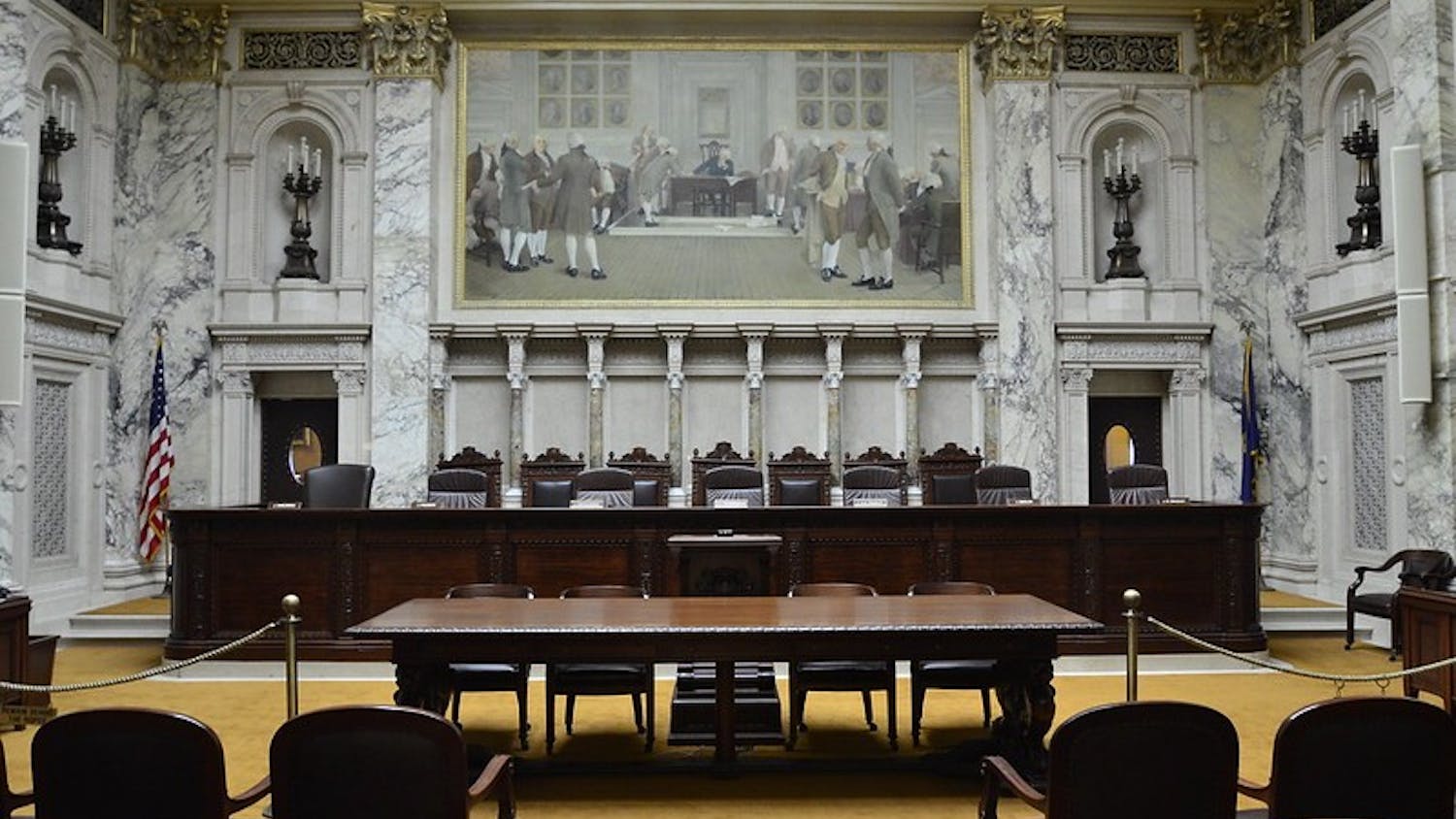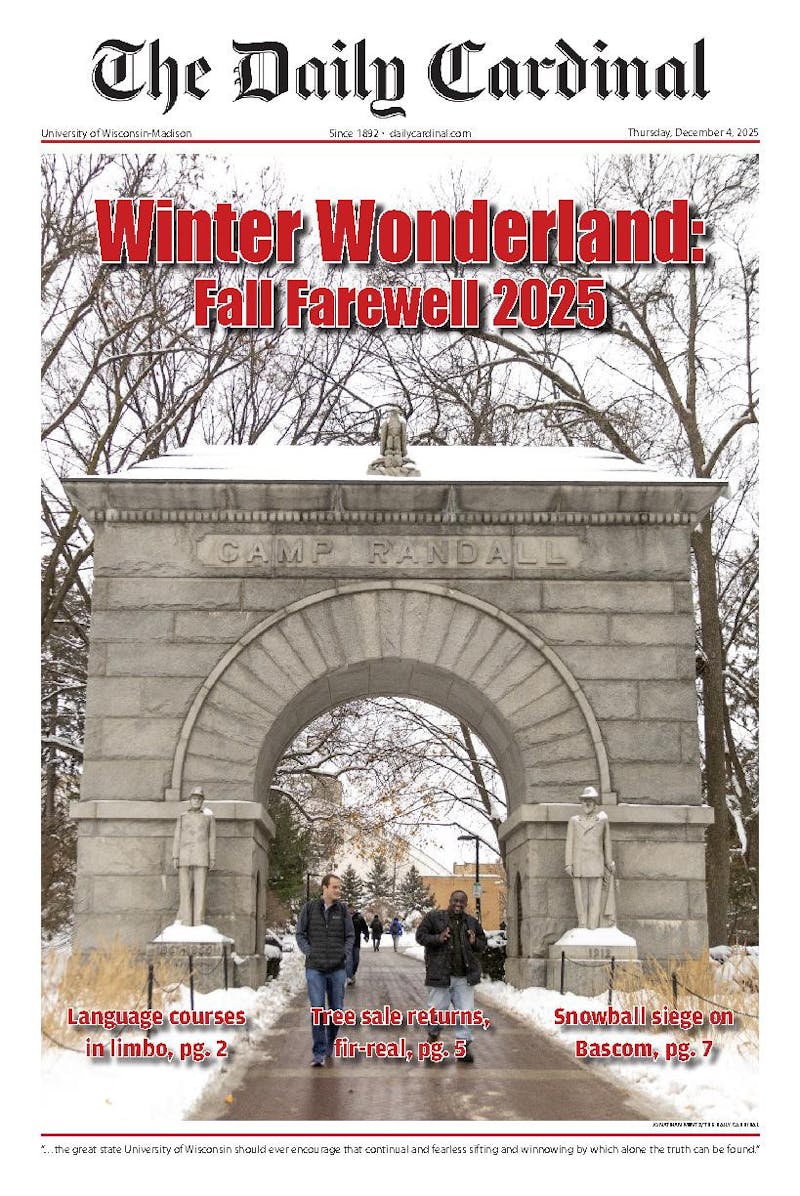Three UW-Madison science professors explained technical and public health aspects of Japan's current nuclear crisis resulting from the 9.0-magnitude earthquake that recently devastated the country as part of a panel at the Wisconsin Institute of Discovery Tuesday.
The March 11 earthquake seriously damaged the Tokyo Electric Power Company's Fukushima Daiichi nuclear power plant. After the subsequent tsunami hit, flood waters caused three nuclear reactors to fail and melt down, which ultimately led to the explosion of four of the plant's six nuclear reactors.
Bryan Bednarz, an associate professor in the Engineering Physics Department, said while some areas north of the plant measured significantly higher radiation levels than the rest of the country, ""the risk to the general population is extremely low.""
Concerning the long-term risks on health for the population at the current radiation levels, ""It would take about one month of exposure for residents to experience the same risk they would receive from a common X-ray exam,"" Bednarz said.
Chair of UW-Madison's Engineering Physics Department Michael Corradini said the mechanisms and design of the plant's reactors contributed to the extent of the explosions.
In addition, members of the panel said the nuclear facility was only built to withstand an 8.2-magnitude earthquake and a 20-foot tsunami, which this disaster's tsunami exceeded by a factor of two.
A question raised by several attendees was whether the U.S., particularly Hawaii, would receive any negative impact from the disaster, to which all three panel members agreed there are no current health risks.
Corradini and Wilson also compared the magnitude of this nuclear disaster to past disasters such as the Chernobyl explosion of 1986 in Ukraine and Three Mile Island of 1979 near Harrisburg, Pa.
The professors said Chernobyl's nuclear explosion occurred in about a minute and a half, while that of Fukushima has been a continuous release of energy.
While an extended nuclear disaster is worse in some ways, it will not cause the type of damage that a massive, short explosion like Chernobyl is capable of, according to the professors.
The professors noted while Three Mile Island and Chernobyl were cause by mechanical and human error, the nuclear explosions in Japan were the first of such a large magnitude to be caused by a natural disaster.






